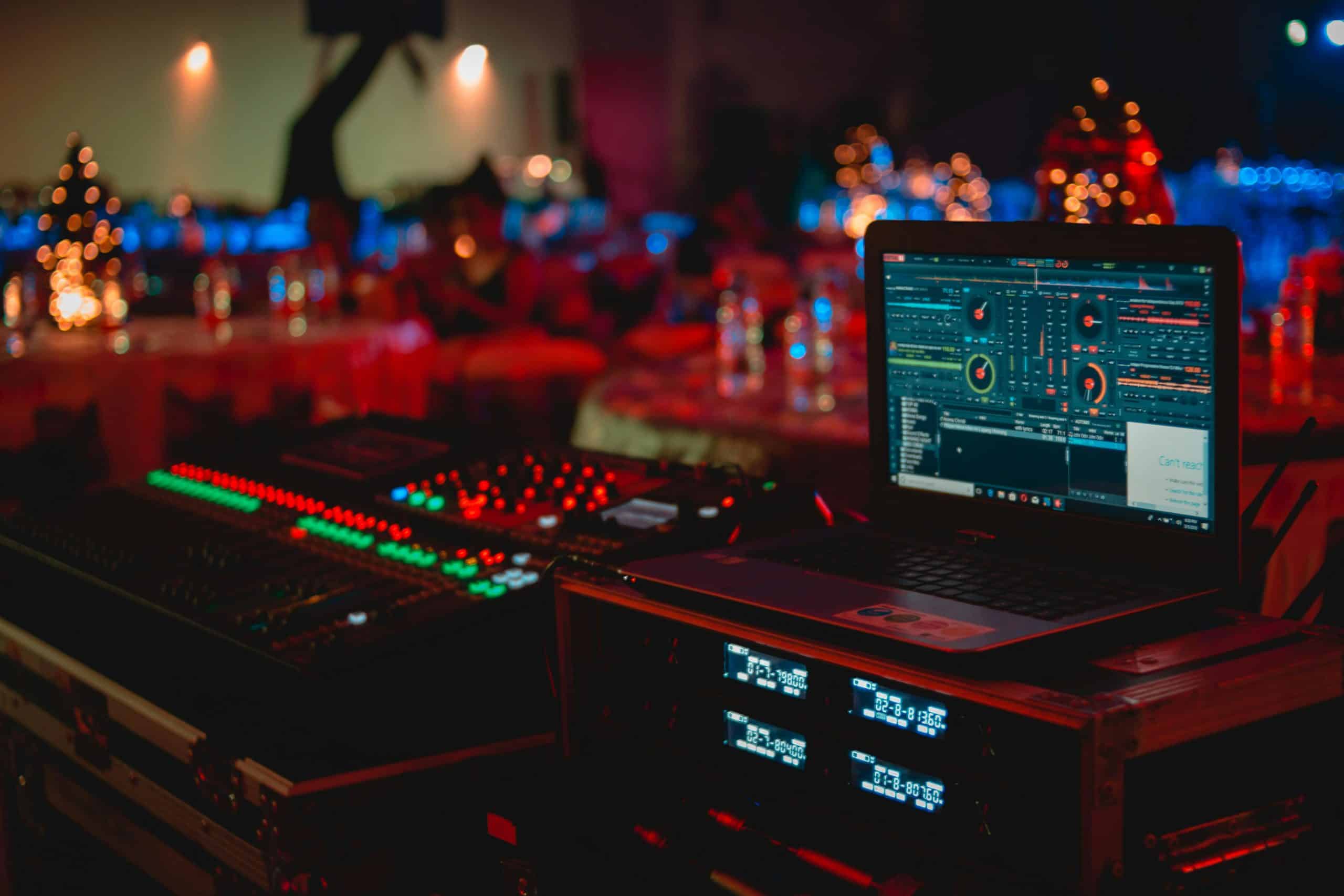In the landscape of modern manufacturing, we often grapple with the question: Can machine vision systems in smart factories identify defects more accurately than humans? It’s a question that demands exploration of a variety of factors, including the quality of vision, the intricacies of manufacturing processes, and the application of computer systems in inspecting products. Let’s delve into these areas, assessing how machine learning models and computer vision systems are revolutionizing the manufacturing sector.
Understanding Machine Vision Systems
Before we can evaluate the efficacy of machine vision systems, it’s crucial to understand what they are and how they function. Machine vision refers to the technology and methods used by a computer to interpret visual images. This is different from the traditional human inspection process as it involves the use of artificial intelligence and machine learning models.
A lire aussi : What’s New in Energy Harvesting Technologies for Low-Power IoT Devices?
Machine vision systems are comprised of multiple elements, including an image sensor, a processor, software, and a display. The image sensor captures visual data, which the computer then processes to extract essential information. The software analyzes this data, enabling the system to make decisions about the product’s quality or identify defects.
Zebra Technologies is a prime example of a company utilizing machine vision in their production process, using high-resolution images to ensure the quality of their barcode printers. The use of machine vision systems in such manufacturing processes underscores the shift from human to automated inspection.
A lire en complément : Are Smart Roads with Embedded Sensors the Future of Traffic Management?
The Role of Machine Vision in Quality Control
Quality control is a fundamental aspect of any manufacturing process. Traditionally, human inspectors are responsible for ensuring the quality of the final product. However, with the advent of machine vision, this process is becoming more automated and efficient.
Machine vision systems can identify defects and irregularities in products more accurately than humans by using high-resolution images and data analysis. For instance, in a factory producing computer components, these systems can inspect hundreds of parts per minute, identifying even the smallest of inconsistencies that the human eye might miss.
These systems not only ensure a higher level of quality control but also reduce the time and cost associated with manual inspection. This enables manufacturers to deliver superior products to their customers, thereby enhancing customer satisfaction and brand reputation.
The Impact of Machine Learning on Machine Vision
Machine learning is an integral part of modern machine vision systems. It enables computers to learn from the data they process, improving their performance over time. Machine learning models can identify patterns in the data, helping the system to better recognize defects in products.
For example, a machine vision system in a car manufacturing company might initially fail to identify a defect in the paintwork. However, once the system is trained with images of similar defects, it learns to recognize them, enabling it to spot such issues in the future.
Machine learning not only enhances the system’s accuracy but also its adaptability. The system can be trained to inspect various types of products, making machine vision a versatile tool for different manufacturing sectors.
Limitations and Challenges of Machine Vision Systems
While the potential of machine vision systems is immense, they are not without their limitations. One of the key challenges is the quality of the images used for inspection. If the images are not of high resolution, the system may fail to identify subtle defects. This is where the role of quality hardware comes into play.
Another challenge is the complexity of certain products. Some products have intricate designs or are made of materials that are difficult to inspect visually. In such cases, machine vision systems might struggle to accurately identify defects, and human inspection might still be necessary.
Despite these challenges, advancements in technology are continually improving the capabilities of machine vision systems. As these systems become more sophisticated, their accuracy and efficiency are likely to surpass human inspectors, making them a fundamental part of the smart factories of the future.
Key Takeaways
The rise of machine vision systems in smart factories is a testament to the power of technology in improving manufacturing processes. From maintaining quality control to identifying defects with greater accuracy, these systems are transforming the way products are inspected and manufactured.
While the question of whether machine vision systems can identify defects more accurately than humans does not have a definitive answer, it is clear that the potential of these systems is vast. As technology continues to evolve, the capabilities of machine vision systems will only increase, paving the way for more efficient, accurate, and cost-effective manufacturing processes.
The Intersection of Machine Vision and Artificial Intelligence
Artificial Intelligence (AI) plays a pivotal role in the functionality of machine vision systems. Machine vision, in conjunction with AI, has ushered in a new era in the manufacturing sector, allowing for real-time inspection processes that outpace human capabilities.
Deep learning, a subset of AI, is particularly effective in visual inspection processes. This technology involves the creation of artificial neural networks that mimic the human brain’s learning process. These networks can recognize patterns and learn from experience, enhancing the accuracy of defect detection.
Google Scholar provides numerous research pieces highlighting the successful integration of deep learning and machine vision. For instance, in barcode scanners production, defects as minute as a single misprinted line can lead to scanner failure. Machine vision systems equipped with deep learning algorithms can accurately identify such minute inconsistencies, something that might be challenging for a human inspector.
Furthermore, AI enhances the adaptability of machine vision systems by allowing them to learn from their mistakes. If a system fails to detect a defect, it can learn from this error and improve its future performance. This constant learning and adapting make machine vision an incredible asset in the ever-evolving manufacturing field.
The Future of Machine Vision in Smart Factories
Looking ahead, it’s clear that the role of machine vision systems in smart factories will only continue to grow. As technology advances, these systems are projected to become more efficient, accurate, and versatile.
Many technology solutions companies are already investing heavily in machine vision and related fields. Concepts like real-time quality inspection and vision computer applications are no longer just theories but are fast becoming reality.
As per the trends, future machine vision systems may also incorporate augmented reality (AR) and virtual reality (VR) technologies. These technologies could offer even more detailed and immersive visual data, potentially leading to even more accurate defect detection.
In the future, we could see smart factories where entire production lines are overseen by machine vision systems. These systems would not only inspect products but also monitor the manufacturing process in real time, providing instant feedback and enabling immediate adjustments.
Conclusion
In conclusion, machine vision systems undoubtedly hold significant potential for defect detection in smart factories. These systems, bolstered by advancements in machine learning and artificial intelligence, are already proving more efficient and accurate than human inspectors in many scenarios.
However, the technology is not without its challenges. Issues such as image quality and the complexity of certain products can pose difficulties. Yet, with the constant advancements in technology, these challenges are being gradually overcome.
While it may be too soon to definitively state that machine vision systems can identify defects more accurately than humans in all circumstances, the evidence strongly suggests that this might soon be the case. As we continue into the future, machine vision systems will likely become an indispensable part of smart factories, driving efficiency, accuracy, and overall product quality to new heights.






